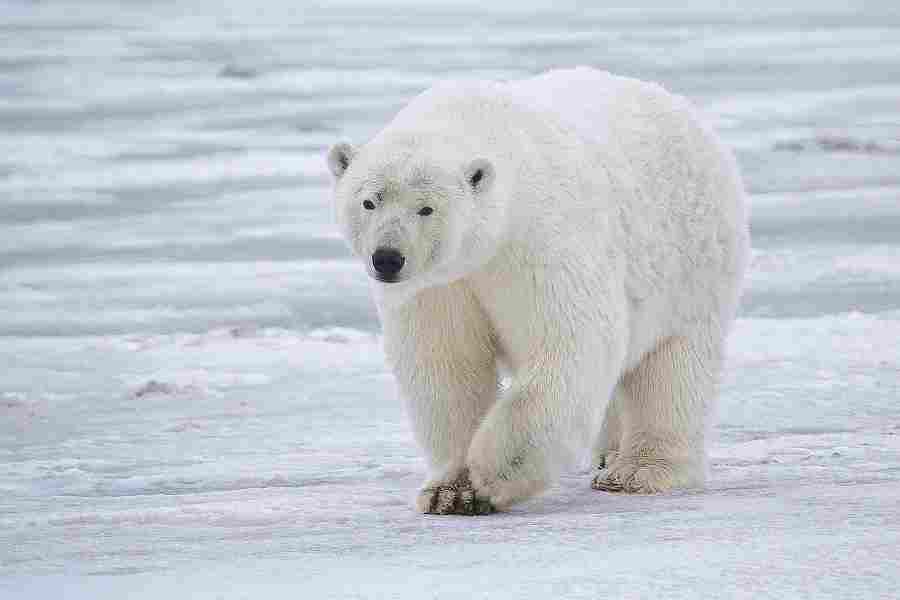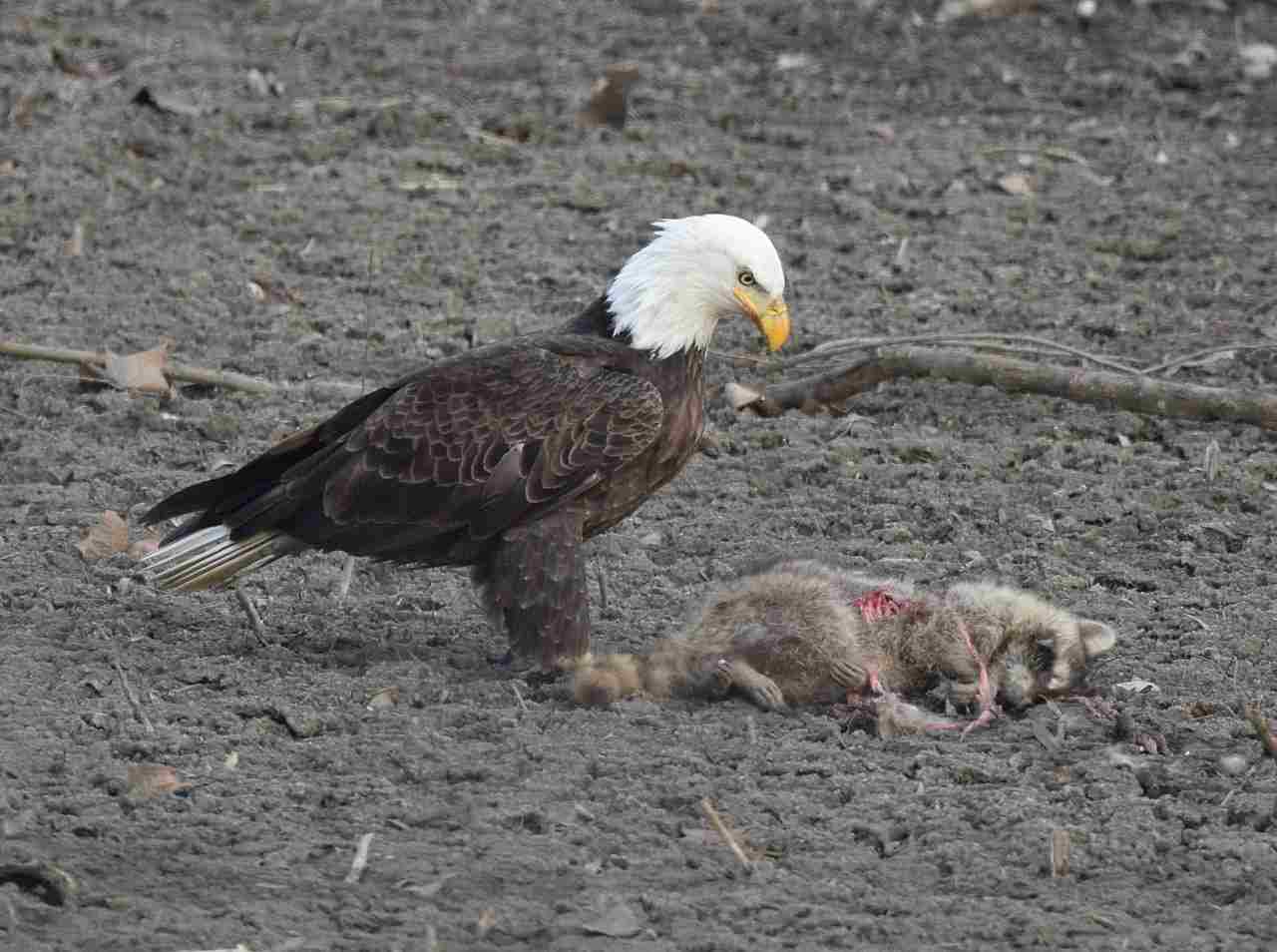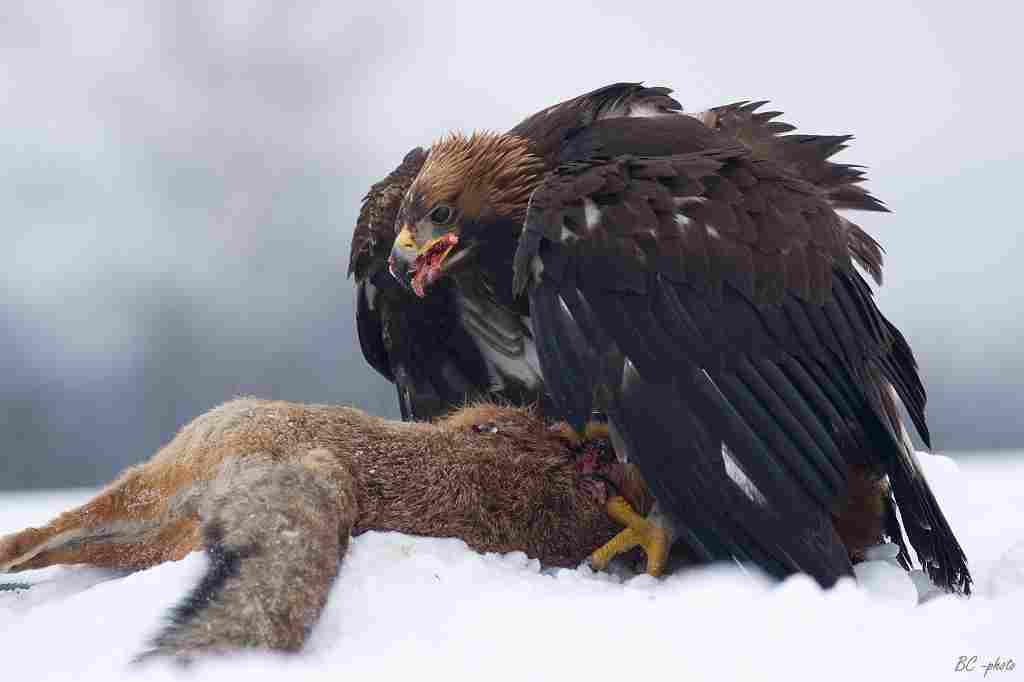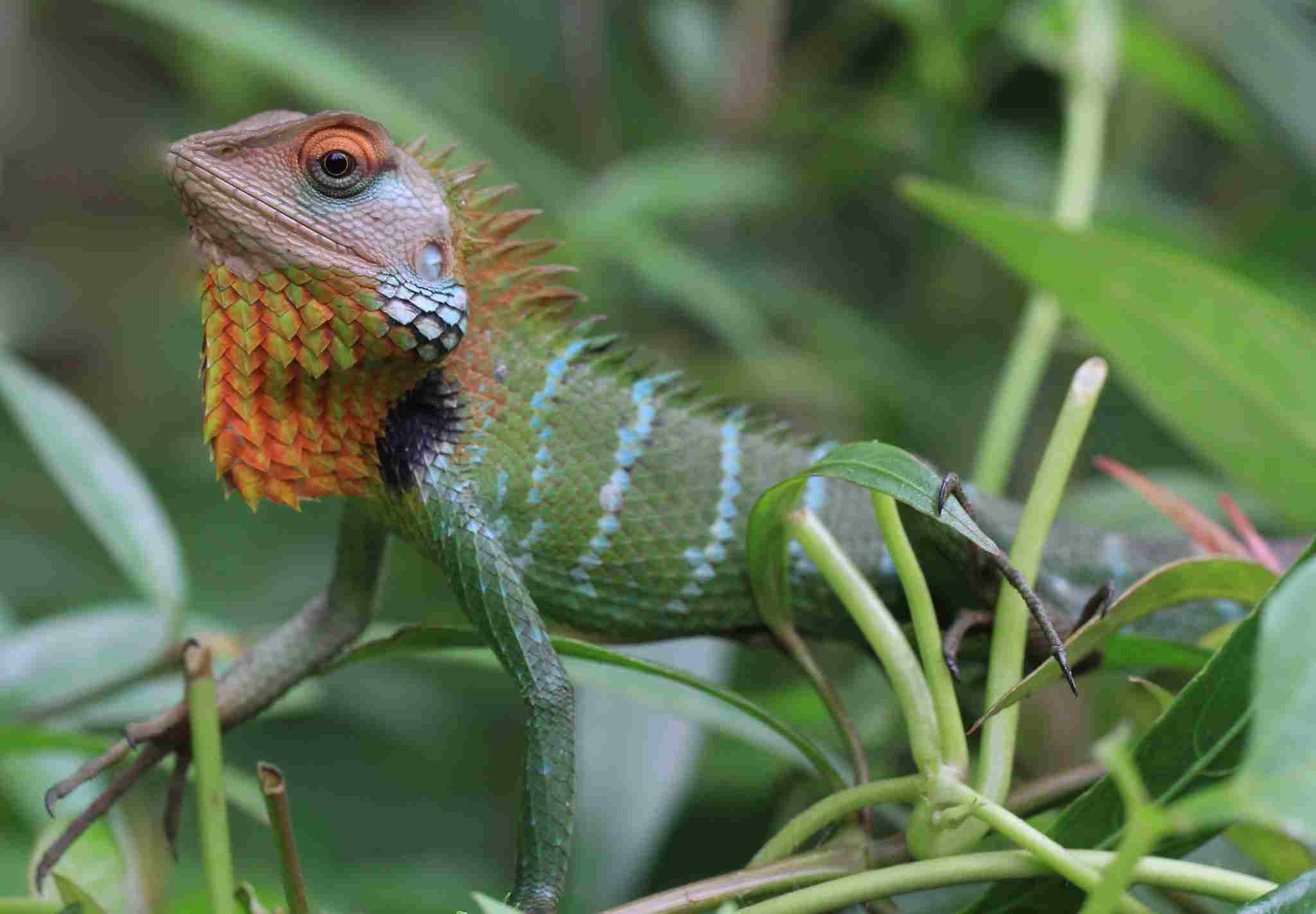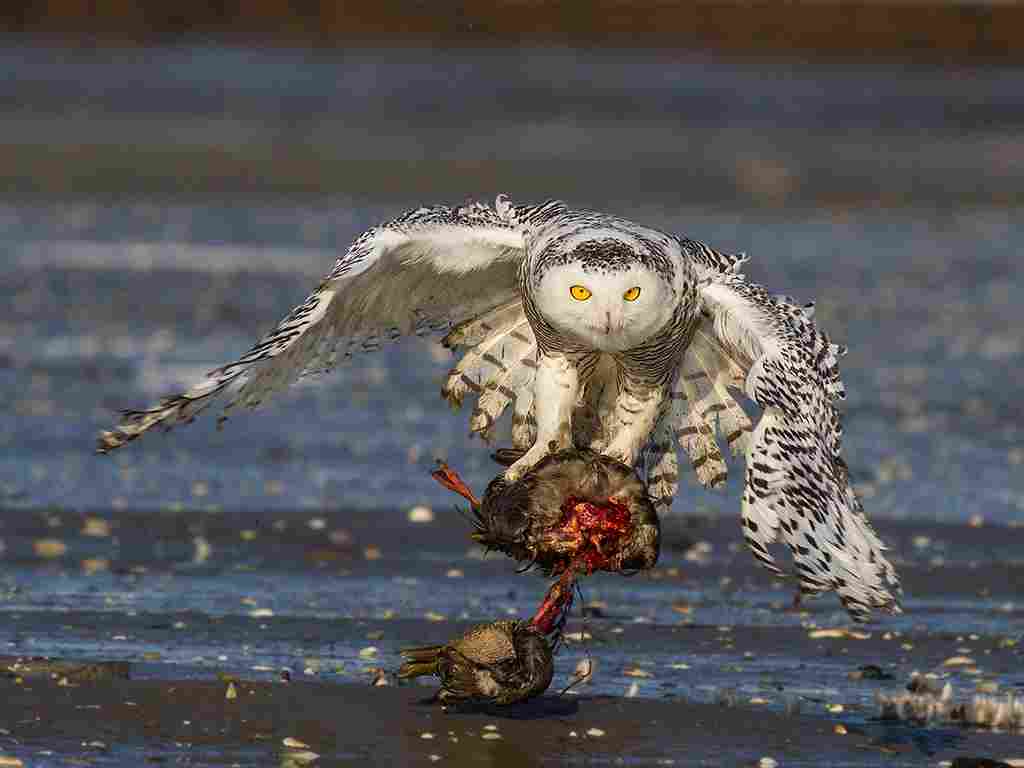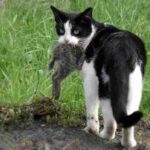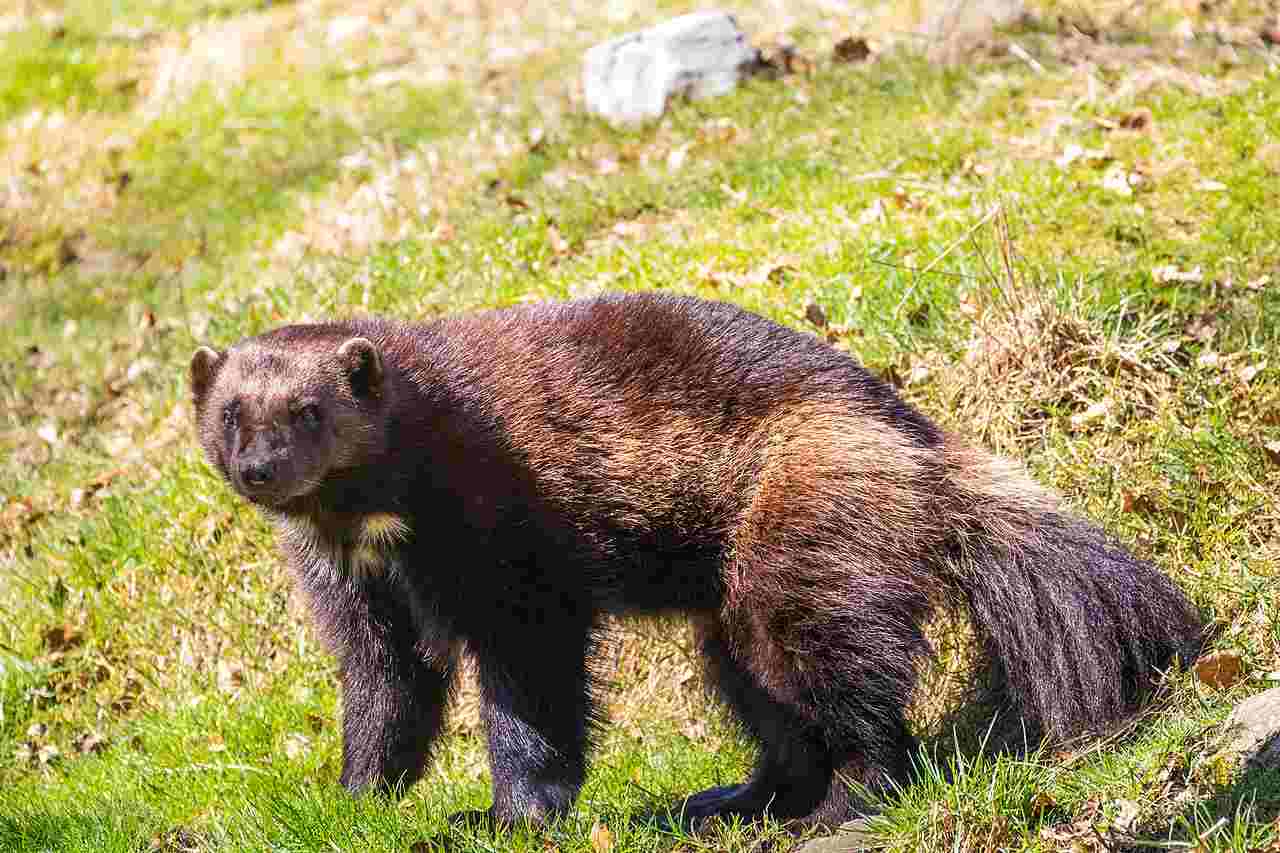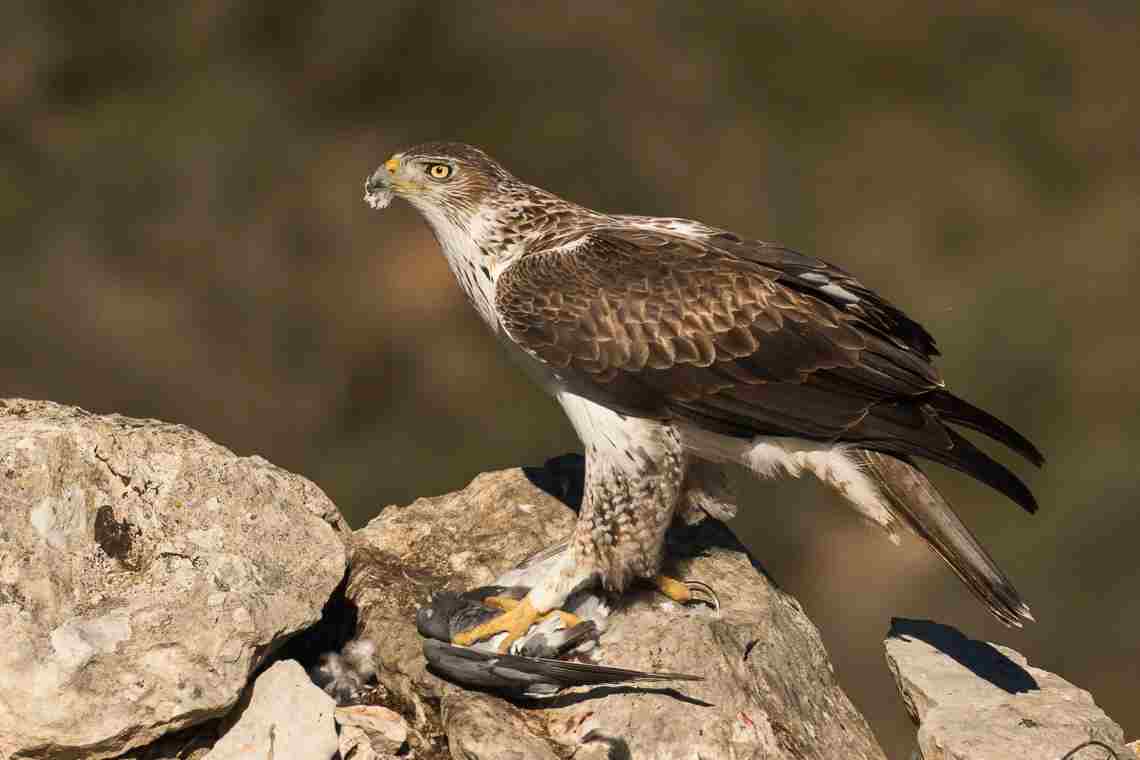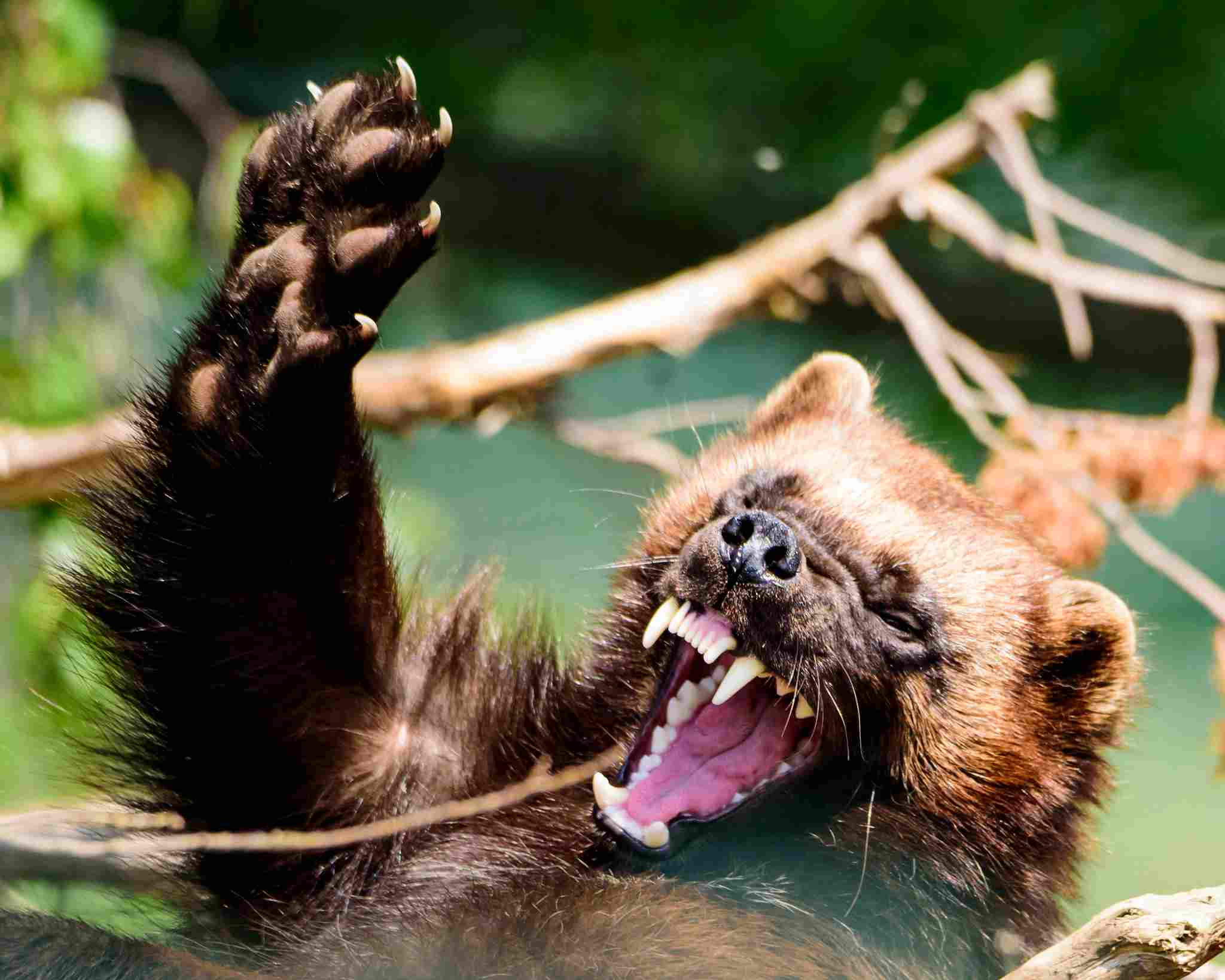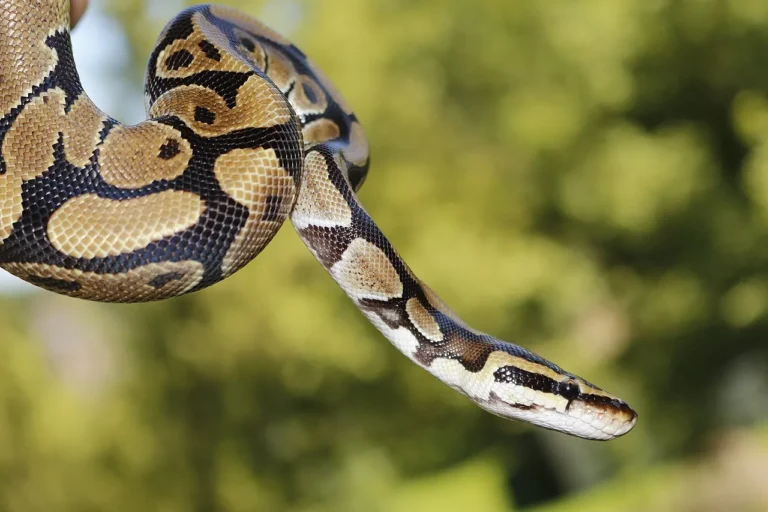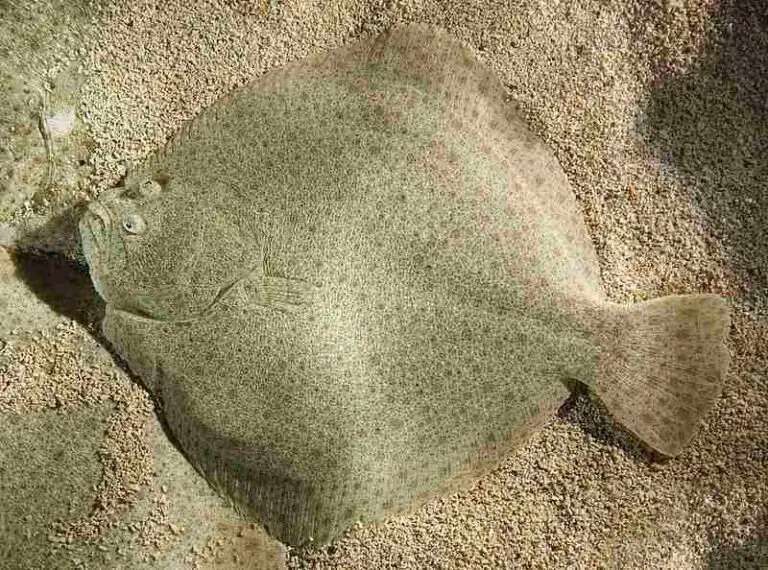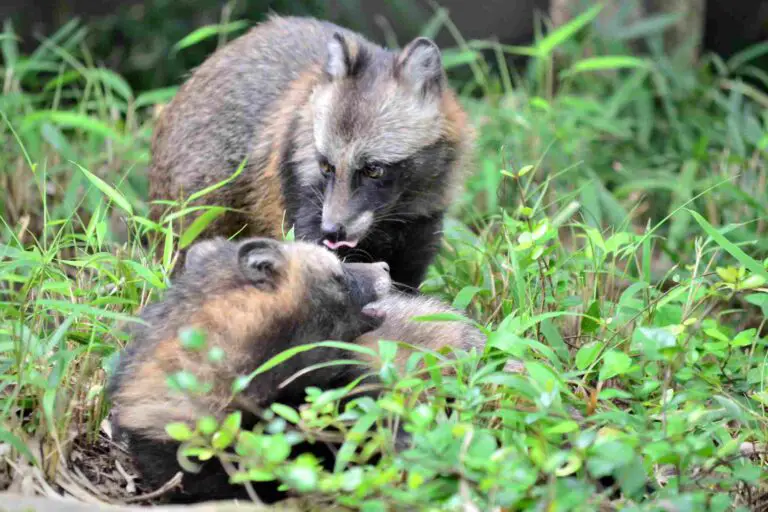9+ Scavengers In The Arctic Tundra Ecosystem
Examples of scavengers in the Arctic tundra are the Arctic fox, which scavenges and hunts small mammals and birds; the red fox, known for its opportunistic scavenging and omnivorous diet; and the Arctic wolf, an apex predator that scavenges on large prey and cooperates in pack scavenging. Additionally, the wolverine scavenges on carrion and leftovers, while ground beetles play a vital role in decomposing organic matter. Hooded crows, white-tailed eagles, gulls, and flies are also prominent scavengers in the Arctic tundra ecosystem, contributing to nutrient recycling and ecosystem balance.
1. Arctic Fox
The Arctic fox, also known as the white fox, polar fox, or snow fox, is a highly adaptable scavenger found throughout the Arctic tundra regions of the Northern Hemisphere. Sporting a thick white fur coat in winter and a brownish-gray coat in summer, the Arctic fox is perfectly camouflaged in its icy habitat. These resourceful creatures primarily scavenge for food but are also opportunistic hunters, preying on small mammals, birds, fish, and even scavenging on carrion left behind by larger predators. Despite their cute appearance, Arctic foxes are cunning hunters and scavengers, surviving in one of the harshest environments on Earth through their resourcefulness and adaptability.
2. Red Fox
While typically associated with more temperate climates, the red fox also ventures into the Arctic tundra, where it competes with the native Arctic fox for resources. Red foxes are opportunistic scavengers and omnivores, feeding on a wide range of prey, including small mammals, birds, insects, fruits, and carrion. Their adaptability allows them to thrive in various habitats, including the harsh conditions of the Arctic tundra, where they scavenge for food and occasionally hunt smaller animals.
3. Arctic Wolf
Arctic wolves are apex predators of the Arctic tundra, but they are also opportunistic scavengers. They hunt large prey such as caribou and muskoxen, but they also scavenge on the carcasses of animals killed by other predators or natural causes. Their social nature allows them to cooperate in scavenging opportunities, often forming packs to take down larger prey or to defend carcasses from other scavengers.
4. Wolverine
The wolverine, also known as the glutton, is a fierce scavenger and predator found in the Arctic tundra. Despite its relatively small size, the wolverine is known for its strength and tenacity, capable of taking down prey much larger than itself. However, wolverines are also opportunistic scavengers, feeding on carrion and leftovers from other predators’ kills. Their scavenging behavior helps them survive in the harsh conditions of the Arctic tundra, where food sources can be scarce and unpredictable.
5. Ground Beetle
Ground beetles are small but vital scavengers in the Arctic tundra ecosystem. These insects play a crucial role in breaking down organic matter and recycling nutrients. They scavenge on decaying plant material, dead animals, and other organic debris, helping to decompose and recycle nutrients back into the ecosystem. Despite their tiny size, ground beetles are abundant and widespread in the Arctic tundra, contributing to the overall health and balance of the ecosystem.
6. Hooded Crow
The hooded crow is a highly intelligent and adaptable bird found in the Arctic tundra and other cold regions. As opportunistic scavengers, hooded crows feed on a wide range of food sources, including carrion, small mammals, birds, insects, fruits, and human refuse. Their scavenging behavior allows them to exploit various ecological niches, making them successful survivors in harsh environments like the Arctic tundra. Hooded crows are also known for their social behavior, often congregating in large flocks to scavenge and forage together.
7. White-Tailed Eagle
The white-tailed eagle, also known as the sea eagle, is a majestic bird of prey that inhabits the Arctic tundra and coastal regions. While primarily hunters, white-tailed eagles are also opportunistic scavengers, feeding on carrion and stealing food from other predators. Their powerful beaks and sharp talons allow them to tear into carcasses and scavenge for food, supplementing their diet with scavenged resources when prey is scarce. As apex predators of the Arctic tundra, white-tailed eagles play a vital role in maintaining the balance of the ecosystem.
8. Gull
Gulls are common scavengers found in various ecosystems, including the Arctic tundra. These birds are opportunistic feeders, scavenging on a wide range of food sources, including fish, small mammals, insects, eggs, and carrion. In the Arctic tundra, gulls play an essential role in the ecosystem by helping to clean up carrion and other organic debris. Their scavenging behavior helps recycle nutrients back into the environment and contributes to the overall health of the ecosystem.
9. Flies
Flies, particularly species like blowflies and flesh flies, are important scavengers in the Arctic tundra ecosystem. These insects play a crucial role in decomposing organic matter, including carrion and animal waste. Flies lay their eggs on decaying organic material, and their larvae, known as maggots, feed on the decomposing matter, helping to break it down and recycle nutrients back into the soil. Despite the harsh conditions of the Arctic tundra, flies are remarkably resilient and abundant, contributing to the nutrient cycling process essential for ecosystem health.
10. Polar Bear
Polar bears are iconic apex predators of the Arctic tundra, but they are also opportunistic scavengers. While they primarily hunt seals and other marine mammals, polar bears will scavenge on the carcasses of whales, seals, and other animals when the opportunity arises. They are particularly known for scavenging on the remains of marine mammals that wash ashore or become trapped in sea ice. Polar bears’ scavenging behavior supplements their diet, especially during lean times when hunting opportunities are scarce. As top predators, polar bears play a crucial role in regulating the populations of prey species and maintaining the balance of the Arctic tundra ecosystem.
*Summary
-
Arctic Fox
-
Highly adaptable scavenger in the Arctic tundra.
-
Camouflaged with white fur in winter and brownish-gray in summer.
-
Scavenges and hunts small mammals, birds, fish, and carrion.
-
-
Red Fox
-
Competes with Arctic fox for resources in the tundra.
-
Opportunistic scavenger and omnivore.
-
Feeds on small mammals, birds, insects, fruits, and carrion.
-
-
Arctic Wolf
-
Apex predator and scavenger in the Arctic tundra.
-
Hunts large prey like caribou and muskoxen.
-
Scavenges on carcasses and cooperates in pack scavenging.
-
-
Wolverine
-
Fierce scavenger and predator.
-
Small but strong, capable of scavenging on large carcasses.
-
Survives on carrion and leftovers from other predators’ kills.
-
-
Ground Beetle
-
Vital scavenger breaking down organic matter.
-
Feeds on decaying plant material, dead animals, and organic debris.
-
Contributes to nutrient recycling in the ecosystem.
-
-
Hooded Crow
-
Intelligent and adaptable scavenger.
-
Feeds on carrion, small mammals, birds, insects, and human refuse.
-
Social behavior, often scavenging in large flocks.
-
-
White-Tailed Eagle
-
Majestic bird of prey and scavenger.
-
Feeds on carrion and steals food from other predators.
-
Apex predator maintaining ecosystem balance.
-
-
Gull
-
Common scavenger found in the Arctic tundra.
-
Opportunistic feeder on fish, small mammals, insects, and carrion.
-
Helps clean up carrion and recycle nutrients.
-
-
Flies
-
Important scavengers decomposing organic matter.
-
Lay eggs on decaying material; larvae feed on it.
-
Resilient and abundant contributors to nutrient cycling.
-
-
Polar Bear
-
Iconic apex predator and scavenger.
-
Hunts seals primarily but scavenges on marine mammal carcasses.
-
Key in regulating prey populations and ecosystem balance.
-
| Scavenger | Characteristics |
| Arctic Fox |
Highly adaptable, camouflaged, scavenges and hunts small mammals, birds, fish, carrion
|
| Red Fox |
Competes with Arctic fox, opportunistic scavenger and omnivore, feeds on various prey
|
| Arctic Wolf |
Apex predator, scavenger, hunts large prey, scavenges in packs
|
| Wolverine |
Fierce scavenger and predator, strong, scavenges on carrion and leftovers
|
| Ground Beetle |
Vital scavenger, breaks down organic matter, feeds on decaying material
|
| Hooded Crow |
Intelligent, adaptable scavenger, social behavior, feeds on various sources
|
| White-Tailed Eagle |
Majestic scavenger, feeds on carrion, apex predator, maintains ecosystem balance
|
| Gull |
Common scavenger, opportunistic feeder, helps clean up carrion, scavenges nutrients
|
| Flies |
Important decomposers, lay eggs on decaying material, contribute to nutrient cycling
|
| Polar Bear |
Iconic apex predator, scavenges on marine mammal carcasses, regulates ecosystem balance
|
